Description
Tour Features:
Making Lap-Lap.
Lap-lap is the mainstay of Ni-Vanuatu cuisine, the most valued, and perhaps the most intricate Ni-Vanuatu meal to make. Unlike earth pit cuisine elsewhere in the Pacific, lap-lap is prepared in stages in much the same way a detailed layered cake is prepared. A base prepared from either taro, yam or cooking banana is prepared followed by layers of leafy greens, smothered in copious helpings of coconut milk. Various versions abound and cooked meat if available can also be added. Finally, the lap-lap is bound up in a leaf similar to that of a banana leaf imparting extra flavour during cooking and put into the earth oven to cook for an hour or so.
Preparing lap-Lap is Social.
The process of making lap-lap is a deeply social process and important within village environments to reinforce relationships, discuss matters affecting the tribe, and organise village work for the days ahead. Making Lap-lap generally requires a communal effort, and village ladies will prepare it together. When cooked and opened, it is shared amongst a collective group.
Lap-Lap’s importance is highlighted by the fact that most villagers will partake only one formal meal a day, with breakfast generally being either leftovers from the night before or hastily prepared rice, while lunch will consist of pawpaw, banana and other fruit that can be readily accessed from village gardens. Villagers will arise early, eat individually and will be out working in the gardens before the heat of the day settles in.
In helping with making the lap-lap, visitors get to experience Ni-Vanuatu sociality and enjoy the happy banter that is associated with it. While the actual preparation is traditionally restricted for women, the men prepare the fire, heating the stones, and enjoying the time together roasting banana on the hot stones.
Subsistence Village Gardens.
Around 70% of all Ni-Vanuatu survive through subsistence living, and the hub of daily life surround the village gardens on which life depends. On the more isolated islands, an even greater portion of people rely on what they grow for sustenance, goods to barter with, and display of accumulated wealth. Yams are the king of stables, but generally require favourable soils and weather and consequently, taro patches are the mainstay of many village gardens. Taking a walk around a village garden will uncover a wide selection of vegetables & fruit, along with herbs and some spices.
More recently introduced vegetables such as cabbages, beans, broccoli, zucchini, bok choy, have found themselves being cultivated in the rich volcanic soils, and are slowly gaining acceptance amongst local peoples. A further development is intensive coffee growing that is occurring throughout the highlands region, and its uptake has seen the development of other cultivated crops. However, Cyclone Pam destroyed nearly all food crops in March 2015, and coffee production is only now coming back into significant production.
Tannese Villages.
Most villages in Tanna are relatively small, possessing around 30-50 people in loosely related family groups. Nearby, villages will consist of related families and collectively will belong to the same tribe. Having a subsistence life means that villages appear poor to outsiders, mainly due to the fact that little of what they do enables them to earn money for western clothes, pay for school fees, or purchase equipment that would make their life easier. Despite this, Ni-Vanuatu are both proud and content with their way of life and provided the right introductions are made are happy to show visitors their world.
Lenaukas Village.
Lenaukas village is a poor village that centres around seven brothers and their families, with the surrounding land being the kastom ground of their father. The village possesses a substantial nakamal and consists of a collection of houses constructed from both traditional materials, along with corrugated iron and tarps. Visitors gain insights into the authentic way of life of Tannese people. Children, laughing & playing can be seen (when not at school), and their curiosity and mischief-making are a feature.


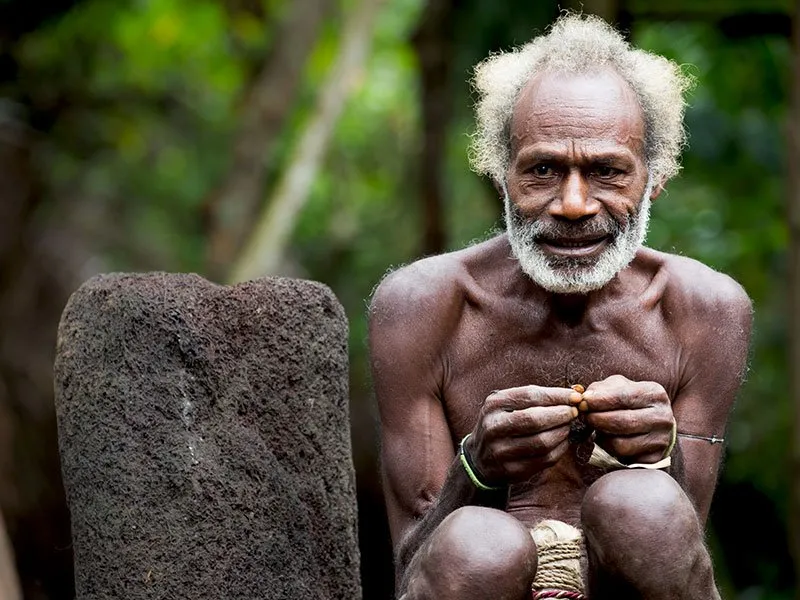
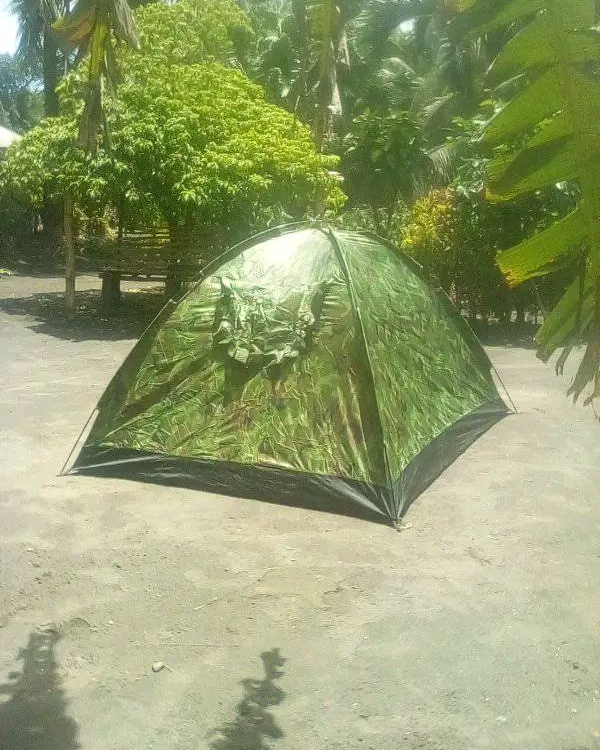
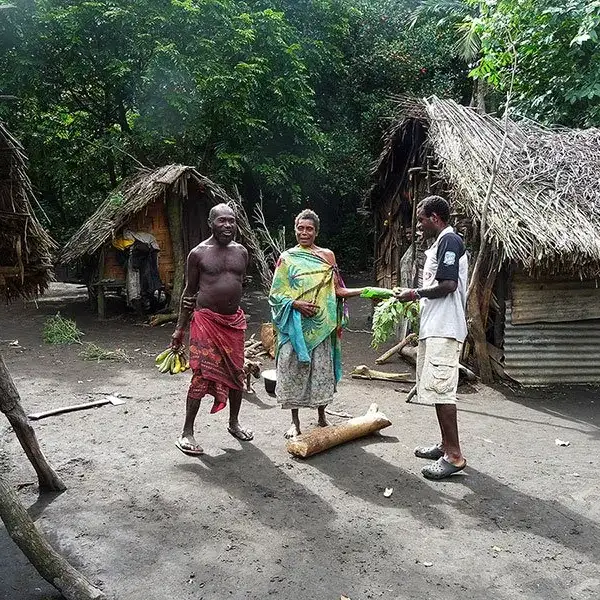
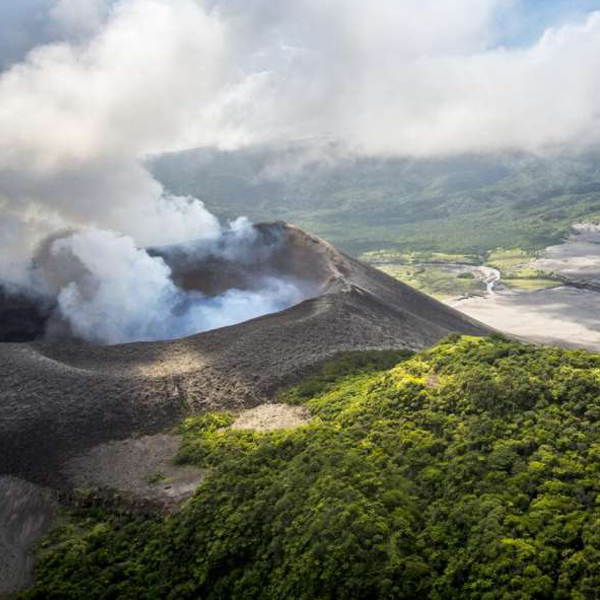
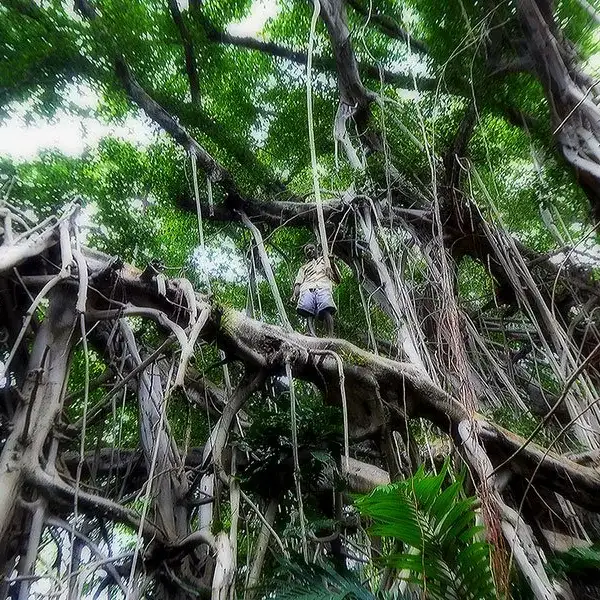
Reviews
There are no reviews yet.